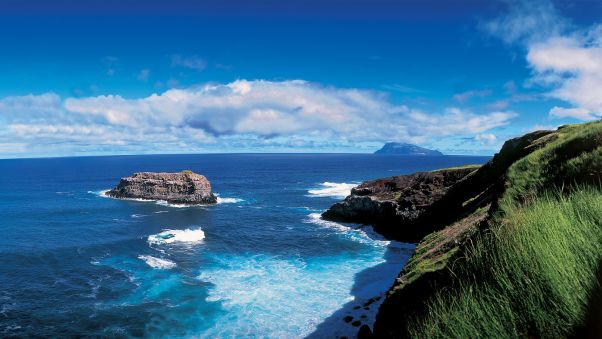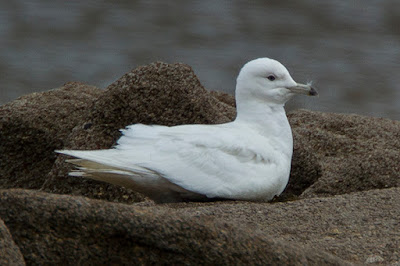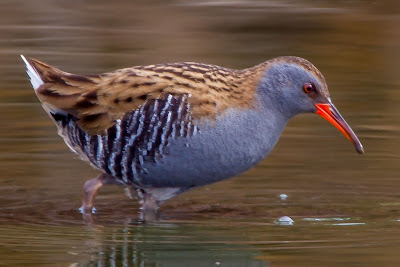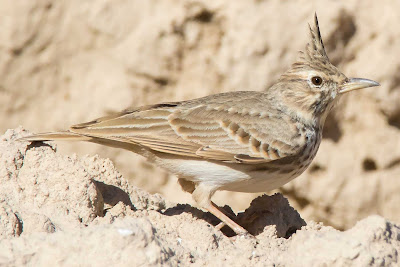The only thing better than an unspoiled paradise is one that nobody you know has visited yet.
 |
| Flores is one of nine volcanic islands that make up Portugal's Azores region |
Some people can say they’re familiar with the Azores, a group of nine islands some 901 miles off the coast of Portugal. But by and large, these rugged, salt-sprayed islands are one of Portugal's best-kept secrets in the middle of the Atlantic Ocean.”
Picture emerald beaches, dazzling blue lakes, verdant pastures, volcanic caverns, bubbling mud pots, sprawling sunrises and cascading waterfalls. UNESCO designated the Azores a Biosphere Reserve in 2009 for their impeccable preservation. Indeed, the islands make a very good case for a must see place/visit.√
With the advent of cheap direct flights to the Azores from the UK, I've seen flights from as little as £16.00 and being out of the main tourist season. I thought it would be good to see what The Azores has to offer in terms of birding. I was not expecting to see much, as it was just a short non-birding breakaway.
 |
| View over Sao Miguel |
 |
| Ponta Delgada |
The Azores islands, an autonomous region of Portugal, form an archipelago in the mid-Atlantic and are characterized by dramatic landscapes, fishing villages, and hedgerows of blue hydrangeas. volcanic and remote, the islands were first settled in the 15th century and are popular for hiking, whale watching, blue marlin fishing, surfing, diving and bird watching.
 |
| Azorean Chaffinch |
Due to the central position in the North Atlantic Ocean, the islands are internationally recognized as a bird watching destination for observing certain groups of bird species. Besides the Azores Bullfinch (Pyrrhula murina), one of the rarest birds in Europe and endemic to a small area of São Miguel Island, and endemic subspecies such as the Azores Chaffinch (Fringilla coelebs moreletti), it is also possible to observe several migratory species which are occasionally seen in the Azores, as the weather throws some of these species off course on their migration route. The archipelago boasts approximately 30 breeding species. The number of occasional species already observed and recorded in the archipelago is approaching 400, including some extremely rare for the Western Palearctic.
With my partner Trish we spent just a few days sightseeing and
 |
| Sete Cidades |
wandering around Ponta Delgada, but I did manage a few photos of some of the birds. And as I only had a small telephoto lens with me, It was a bit limiting due to the distances involved. All in all, it was a great place to visit, food and wine were of a very good standard and reasonably priced, very friendly people, picturesque locations and lots of potential for birding. If you fancy something different for a change why not give the Azores a try?
Birds of interest seen but not the full list
 |
| Iceland Gull |
Iceland Gull, Glaucous Gull, Great Blue Heron,
Grey Heron, Yellow-legged Gull, the Greater black Gull,
Lesser Black-backed Gull, Probable American Gull, Grey Plover, Least Sandpiper, Whimbrel, Ringed Plover, Turnstone, Coot. American Coot, Moorhen, Mallard, Azorean Buzzard, Azorean Woodpigeon, Rock Dove, Azorean Chaffinch, Blackbird, Eurasian Starling,
 |
| whimbrel |
Blackcap, Serin, Siskin, Gold Finch, Atlantic Canary, Robin, Goldcrest, Azorean Grey Wagtail, Long-tailed Parakeet, and more.
 |
| Least Sandpiper |
 |
Grey Plover
|





















































